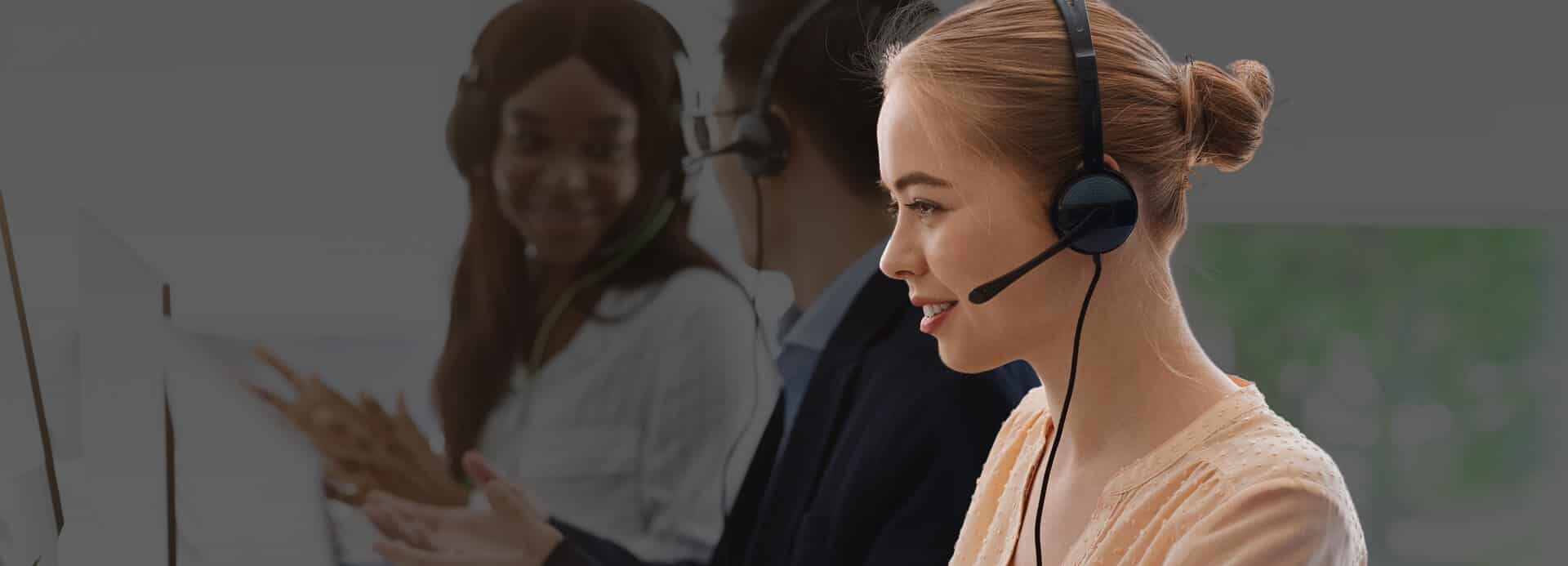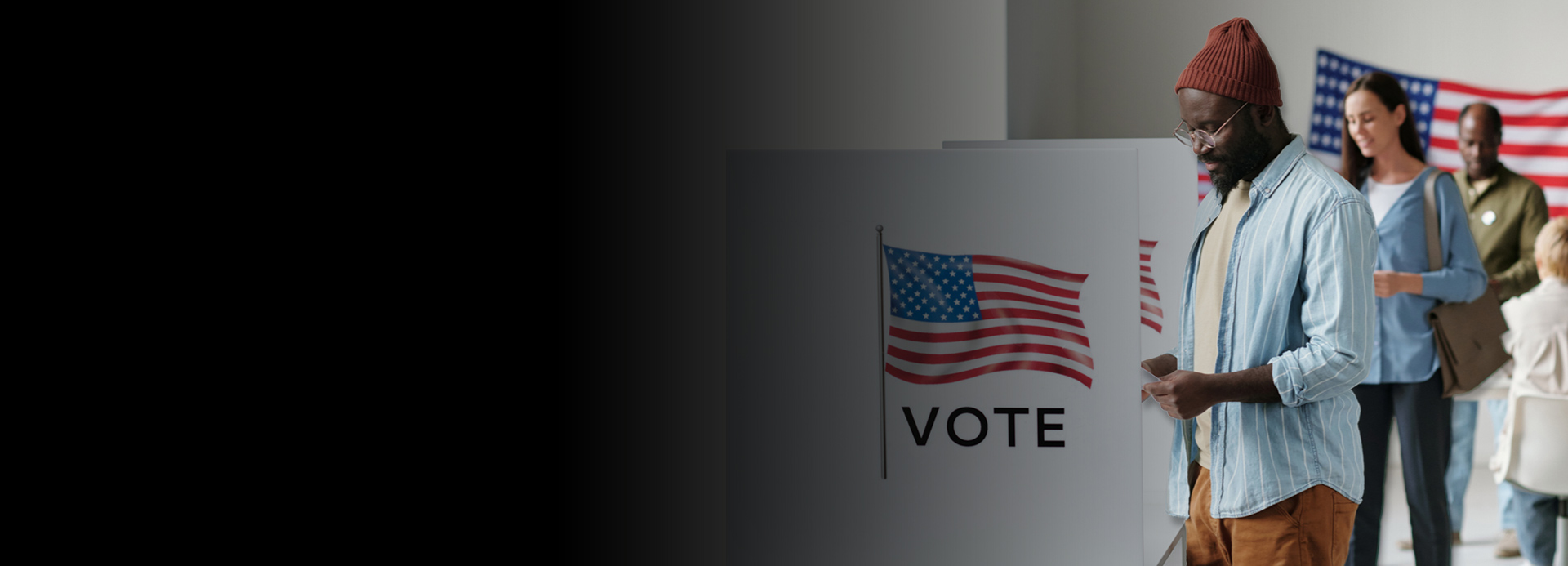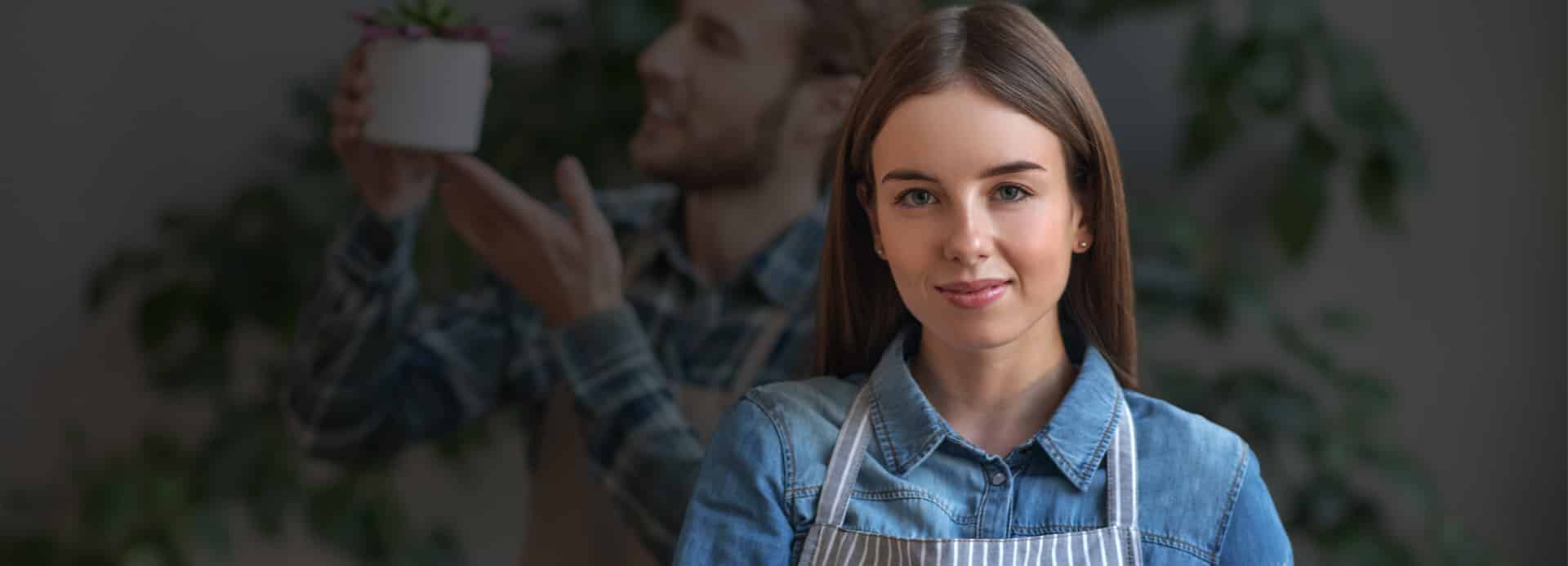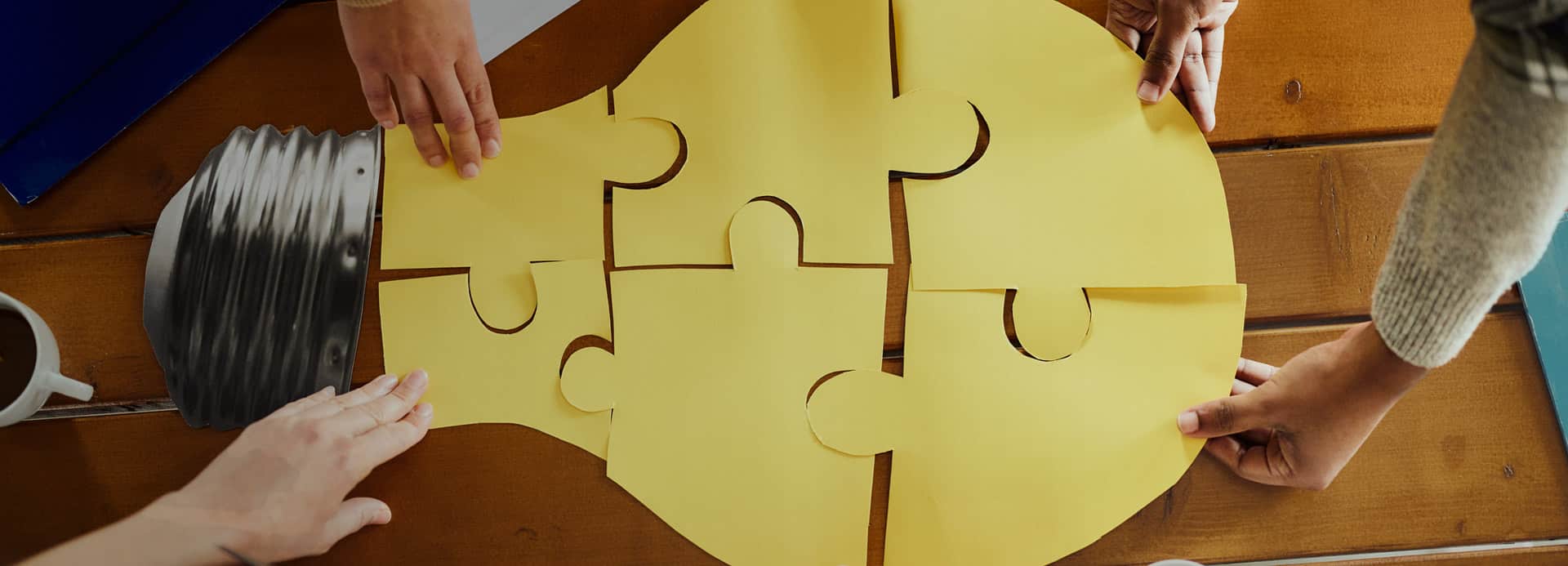The Youthquake shakes the electorate
As Australians make their way to the polls this year, the generational balance of power will have shifted irrevocably. A demographic “youthquake” is underway in Australia’s electorate, and, for the first time, Generation Y and Generation Z voters will significantly outnumber Baby Boomers at the ballot box in 2025.
In raw numbers, younger cohorts (Gen Z + Millennials) account for around 7.7 million voters, with Baby Boomers at 5.9 million and Gen X somewhere in the middle. This means Gen Z and Millennials comprise about 47 per cent of the electorate, compared to only 33 per cent accounted for by Boomers.
This is no small shift—it represents the effective end of Boomers as the dominant voting bloc. Voter enrolment is also at record levels, with the Australian Electoral Commission (AEC) reporting 97.8% of eligible citizens enrolled and almost 700,000 new voters (mostly young Australians) enrolled since the last election.
Turnout will be the crucial variable. The 2022 election saw turnout dip below 90 per cent for the first time in more than a century, even though voting is compulsory. Younger Australians historically vote at slightly lower rates than their older counterparts, so the key issue is whether they show up to the polls on election day.
Given the number of younger Australians in the electorate, even a small increase (or decrease) in their turnout will affect the outcome in any number of marginal seats.
What younger Australians want from Canberra
With their increased clout, young voters are demanding that politicians focus on the issues that affect their daily lives. Polling of younger voters consistently shows that they share five main priorities:
- Housing affordability: increasing rents and unaffordable house prices are by far the biggest concern of young people.
- Employment and cost of living: insecure work, stagnant wages, rising costs and inflation are significant drivers of economic anxiety.
- Climate change: although somewhat diminished in people’s thoughts as power bills rise, it’s still an important consideration for the young.
- Equality and discrimination: across a range of areas, including gender, race and LGBTQ+ inclusion.
- Physical and mental health: as a consequence of the pandemic, health concerns remain front of mind.
Traditional tribal loyalty to one party or another is weaker among the younger generations. This means parties that fail to address housing supply, wage growth or decarbonisation risk bleeding a generation of support.
Digital Activism
Young Australians are politically active, just in different ways from older generations. While they are less likely to be signed-up party members or go door-knocking, they do engage through digital activism and issue-based movements.
Platforms like Instagram, TikTok, and Twitter have become forums for advocacy on climate change, marriage equality, Black Lives Matter, mental health awareness and more. Studies show a high level of “participatory politics” among young people. When there are issues that affect their lives, they feel a personal responsibility to act.
The last federal election in 2022 demonstrated how passionate and engaged young people are in politics. Youth-driven climate and integrity campaigns helped elect several independent and Green candidates. As of 2025, this trend looks to continue. For example, accounts operated by young Australians, like Instagram’s Punters Politics (400k followers), have been successfully informing and energising first-time voters.
These are not professional journalists, but relatable content creators talking about policies and scandals in a meme-able and shareable way. The net effect is that young voters are far from apathetic – they are engaged political participants, just on their own terms.
New Political Battlegrounds – TikTok, Instagram and YouTube
The major social media platforms – with their emphasis on video and visuals – have become important battlegrounds for capturing the youth vote. TikTok, Instagram and YouTube now rival traditional media’s reach as sources of political information.
Politicians and parties have noticed this and have developed specific messages for these platforms. Prime Minister Anthony Albanese and Opposition Leader Peter Dutton have joined other politicians on popular online shows, podcasts and influencer feeds.
In one memorable example, the Prime Minister used a TikTok-famous catchphrase, “delulu with no solulu” (delusional with no solution), in parliament after being challenged to do so by podcast hosts.
Exclusive interviews that previously would have gone to television networks are now offered to YouTube creators and Instagram commentators. For example, 26-year-old Hannah Ferguson from Cheek Media (200k+ Instagram followers) conducted interviews with the Prime Minister and Greens leader, because her demographic of predominantly young women is one that politicians want to access.
While social media has played an important role in elections across the globe – Trump and Brexit in 2016 spring to mind – this campaign still feels like a digital “tipping point” because so many people get their news via a swipe on a phone that a clever post can instantly shape perceptions of a leader. The road to Canberra now runs through TikTok and Instagram.
Meme-Based and Influencer-Led Digital Campaigning Trends
Much more so than in previous cycles, the 2025 election has seen an explosion of meme campaigning and influencer involvement. Both major parties established their own meme “war rooms” producing meme content.
The results have varied. On one hand, we have seen an avalanche of tongue-in-cheek campaign memes: Labor produces colourful graphics with rainbow embellishments that warn, “You’ll pay more tax under a Liberal government. ” The Liberals circulate an altered sci-fi horror movie poster about “not voting Labor. ” The Greens have posted cartoonish “enrol to vote, bestie” notes to snag the youth vote. Even a “Peter Dutton bingo” card meme for debate night was produced.
However, there is a danger that these ‘top-down’ party-created memes can fail to resonate and instead read as “cringe” to internet natives, who prefer to engage with genuine community-created content.
An ongoing question is how much do memes persuade. While a humorous post can attract hundreds of likes and shares, can a Simpsons joke or TikTok skit change an undecided voter’s mind? Most evidence suggests meme campaigns simply preach to the choir.
If memes are the wildcards of online campaigning, influencers are the new power players. This campaign has blurred the distinction between political advertising and the use of celebrity social media influencers.
Some influencers have even been paid by political campaigns to produce content, which is previously unheard of in Australian elections. At the same time, many influencers have organically entered the fray, with high-profile young Australians from Olympian diver Sam Fricker (popular on TikTok) to radio personality Abbie Chatfield conducting interviews with candidates or critiquing policies on their platforms.
The truth is that casual Instagram videos or TikTok skits produced by an influencer can reach far more under-30s than a press conference reported on the evening news. However, this remains an unregulated area, and it will be interesting to see how it develops in future campaigns.
Leaders’ Debates Go Viral
The leaders’ debates during the 2025 campaign were not just televised, they also played out in real time on the social media feeds of millions of Australians. Each debate between Anthony Albanese and Peter Dutton created its own online echo chamber of viral moments, memes, and hot takes.
These ‘meme cycles’ during and following debates may have shaped perceptions of who won or lost more than the next day’s newspaper headlines. And whilst they were often amusing memes, serious policy exchanges also struck a chord (like a heated back-and-forth on housing affordability), which were clipped and shared by young voters.
A TikTok snippet of a debate exchange—sandwiched in between dance videos and comedy skits—may have been the way many first-time voters encountered the leaders directly. The debates have transcended their traditional town hall and television setting to become fully interactive online events. Judging by the polls before and after the debates, they have done little so far to change the dynamic of the race. However, there is still one more to go.
Targeting the Undecided Voter in the Digital Space
When it comes to tight elections, undecided voters are the golden goose. In 2025, they’re being hunted down digitally in extremely sophisticated ways. Campaign managers on all sides are realistic enough to know that swing voters are probably not going to show up to town halls or watch political programming. But they are scrolling through Facebook, Google and YouTube.
Since around 2016 (and the Cambridge Analytica scandal, which is thought to have helped the winning Trump and Brexit campaigns), micro-targeted online advertising has become an increasingly useful tool for influencing the undecided.
Political parties and third-party groups can harvest data to advertise precisely tailored ads to very specific slices of the electorate. For instance, in one swing seat in NSW (Macquarie), Labor has been running multiple versions of the same YouTube ad, depending on whether the viewer lived in the more urban or rural part of the electorate.
The idea of micro-targeting ads is to speak directly to an undecided voter’s existing concerns (sometimes before they have consciously recognised which issue will determine their vote).
But these digital tactics involve more than just ads. On social media, “dark” campaign techniques are at play—like seemingly grassroots community Facebook groups that subtly promote a party line or coordinated comment campaigns that flood undecideds’ feeds with positive/negative sentiments about a candidate.
The major parties are also mobilising armies of volunteers for SMS and Messenger outreach, often using data analytics to scope who might even be persuadable. This all takes place hidden from public view (you may be seeing a very different feed from your neighbour), with many commentators concerned about transparency and fairness.
Will power pivot to the swipe generation?
What’s clear from this election campaign is that parties willing to prioritise housing supply, wage security and net-zero credibility will find favour with the younger electorate. However, that advantage will only materialise if Millennials and Gen Z-ers turn record enrolment into record turnout.
Whatever happens, 2025 will likely join 1969 and 1996 as elections remembered for how we practice politics. In this case, it is not merely a generational shift but the culmination of the digital shift that has been happening for the past decade.
Campaigns that understand the algorithm as well as they understand an opinion poll will set the playbook for the ensuing decade.










